
Jacques-Yves Cousteau, was a French naval officer, oceanographer, filmmaker and author. He co-invented the first successful open-circuit self-contained underwater breathing apparatus (SCUBA), called the Aqua-Lung, which assisted him in producing some of the first underwater documentaries.
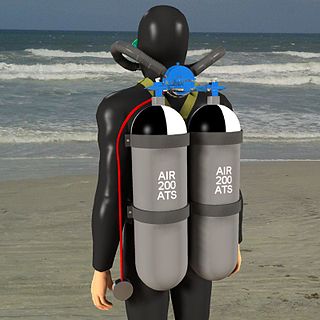
Aqua-Lung was the first open-circuit, self-contained underwater breathing apparatus to achieve worldwide popularity and commercial success. This class of equipment is now commonly referred to as a twin-hose diving regulator, or demand valve. The Aqua-Lung was invented in France during the winter of 1942–1943 by two Frenchmen: engineer Émile Gagnan and Jacques Cousteau, who was a Naval Lieutenant. It allowed Cousteau and Gagnan to film and explore underwater more easily.

RV Calypso is a former British Royal Navy minesweeper converted into a research vessel for the oceanographic researcher Jacques Cousteau, equipped with a mobile laboratory for underwater field research. She was severely damaged in 1996 and was planned to undergo a complete refurbishment in 2009–2011 that has not been accomplished. The ship is named after the Greek mythological figure Calypso.
Simone Cousteau was a French explorer. She was the first woman scuba diver and aquanaut, and wife and business partner of undersea explorer Jacques-Yves Cousteau.
Serge Baudo is a French conductor, the son of the oboist Étienne Baudo. He is the nephew of the cellist Paul Tortelier.

The SP-350 Denise, famous as the "Diving saucer", is a small submarine designed to hold two people, and is capable of exploring depths of up to 400 metres (1,300 ft). It was invented by Jacques-Yves Cousteau and engineer Jean Mollard at the French Centre for Undersea Research. It was built in the year 1959 and usually operated from Cousteau's ship, the Calypso.

Frédéric Dumas was a French writer. He was part of a team of three, with Jacques-Yves Cousteau and Philippe Tailliez, who had a passion for diving, and developed the diving regulator with the aid of the engineer Émile Gagnan. Dumas participated with Cousteau in the discovery of deep sea reliefs and flora and fauna of deep sea life and in bringing it to the attention of the general public.
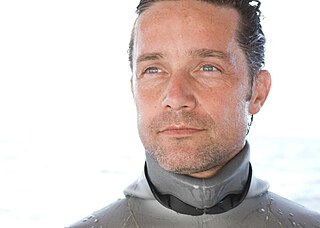
Fabien Cousteau is an aquanaut, ocean conservationist, and documentary filmmaker. He has a 12 year old daughter. As the first grandson of Jacques Cousteau, Fabien spent his early years aboard his grandfather's ships Calypso and Alcyone, and learned how to scuba dive on his fourth birthday. From 2000 to 2002, he was Explorer-at-Large for National Geographic and collaborated on a television special aimed at changing public attitudes about sharks called "Attack of the Mystery Shark". From 2003 to 2006, he produced the documentary "Mind of a Demon" that aired on CBS. With the help of a large crew, he created a 14-foot, 1,200-pound, lifelike shark submarine called "Troy" that enabled him to immerse himself inside the shark world.

Philippe Pierre Cousteau was a French diver, sailor, pilot, photographer, author, director and cinematographer specializing in environmental issues, with a background in oceanography. He was the second son of Jacques Cousteau and Simone Melchior.
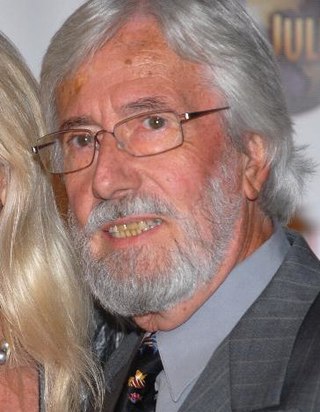
Jean-Michel Cousteau is a French oceanographic explorer, environmentalist, educator and film producer. The first son of ocean explorer Jacques Cousteau, he is the father of Fabien Cousteau and Céline Cousteau.

The Silent World is a 1956 French documentary film co-directed by Jacques Cousteau and Louis Malle. One of the first films to use underwater cinematography to show the ocean depths in color, its title derives from Cousteau's 1953 book The Silent World: A Story of Undersea Discovery and Adventure.
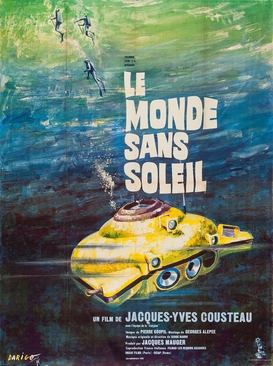
World Without Sun is a 1964 French documentary film directed by Jacques-Yves Cousteau. The film was Cousteau's second to win the Academy Award for Best Documentary Feature, following The Silent World in 1956.
Continental Shelf Station Two or Conshelf Two was an attempt at creating an environment in which people could live and work on the sea floor. It was the successor to Continental Shelf Station One.
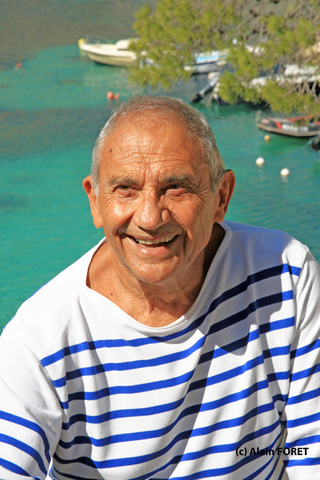
Albert Falco was a French scuba diving veteran and champion of underwater conservation. He was one of the longest-serving diving companions of Jacques Cousteau, Chief Diver, and later Captain of the RV Calypso. He lived in France and was active in preserving aquatic ecosystems. He played several leading roles on Cousteau's films, like The Silent World (1956), World Without Sun (1964) and Voyage to the Edge of the World (1976). Falco was the author of a non-fiction book, Capitaine de La Calypso.
Philippe Victor Diolé was a French author and undersea explorer.
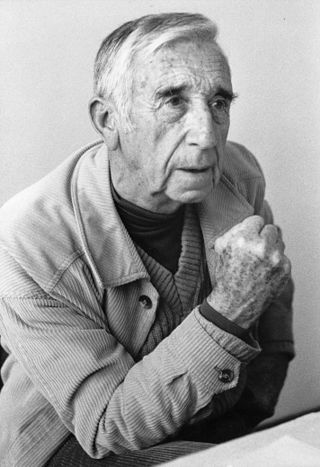
Philippe Tailliez was a friend and colleague of Jacques Cousteau. He was an underwater pioneer, who had been diving since the 1930s.

The 9th Cannes Film Festival was held from 23 April to 10 May 1956. The Palme d'Or went to The Silent World by Jacques-Yves Cousteau and Louis Malle. The festival opened with Marie-Antoinette reine de France, directed by Jean Delannoy and closed with Il tetto by Vittorio De Sica.
Edmond Séchan was a French cinematographer and film director.

The Odyssey is a 2016 French-Belgian biographical adventure film directed by Jérôme Salle and written by Salle and Laurent Turner, based on the non-fiction book Capitaine de La Calypso by Albert Falco and Yves Paccalet. The film stars Lambert Wilson, Pierre Niney, and Audrey Tautou.

RV Hero was a research vessel that operated in Antarctica for the National Science Foundation between 1968 and 1984. She was decommissioned in 1984 and partially sank in 2017 after a storm in Bay Center, Washington.















